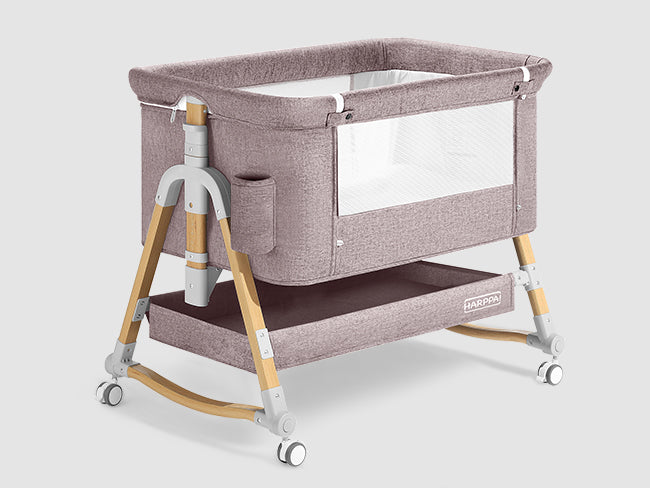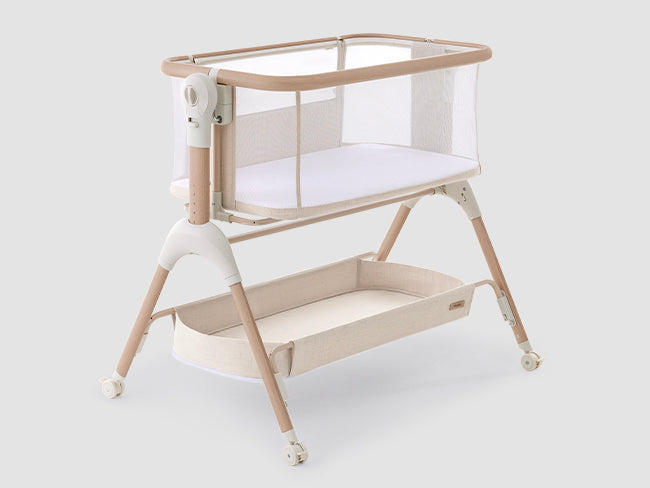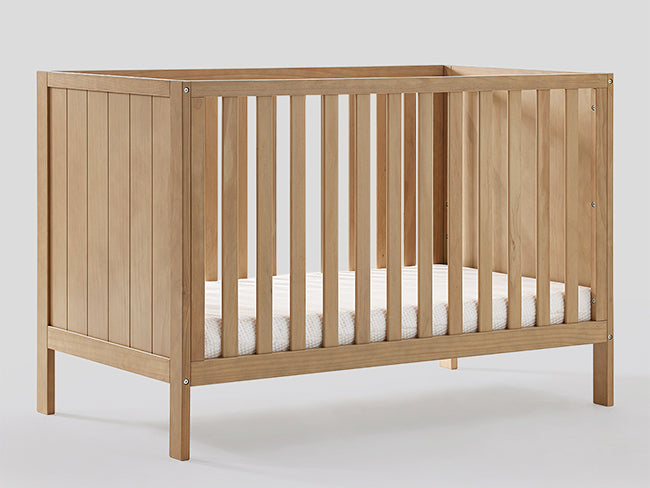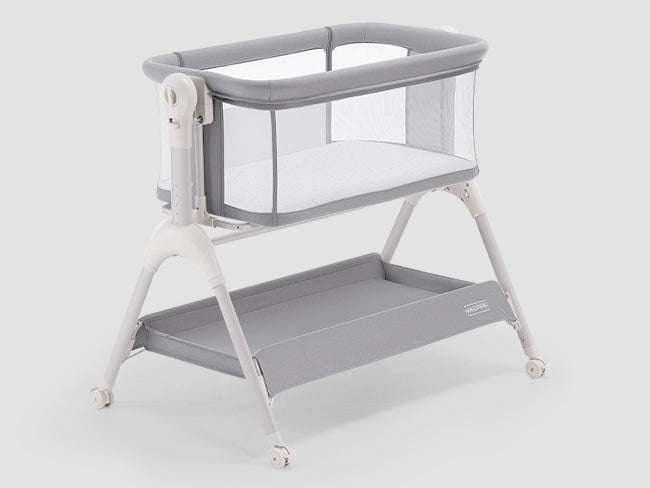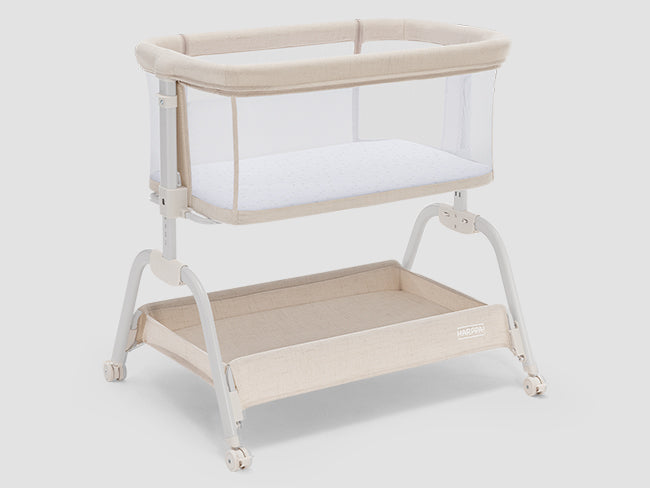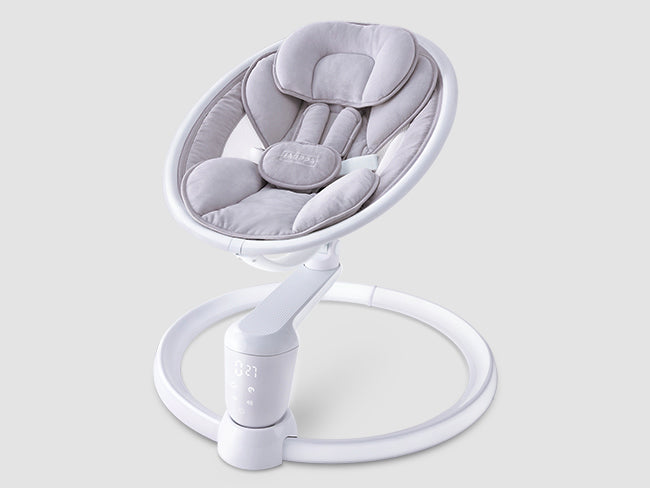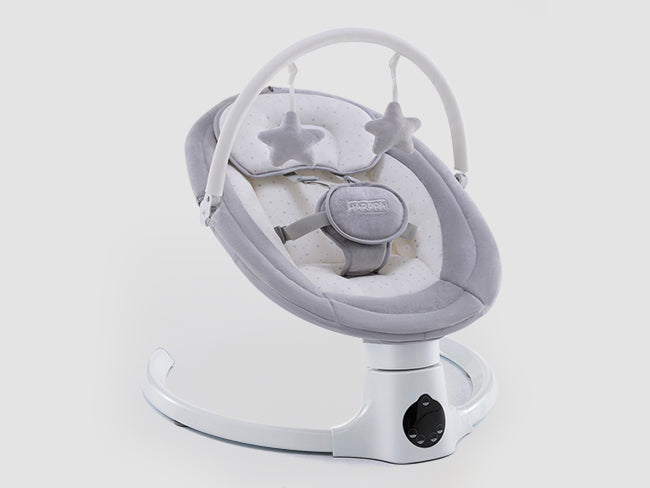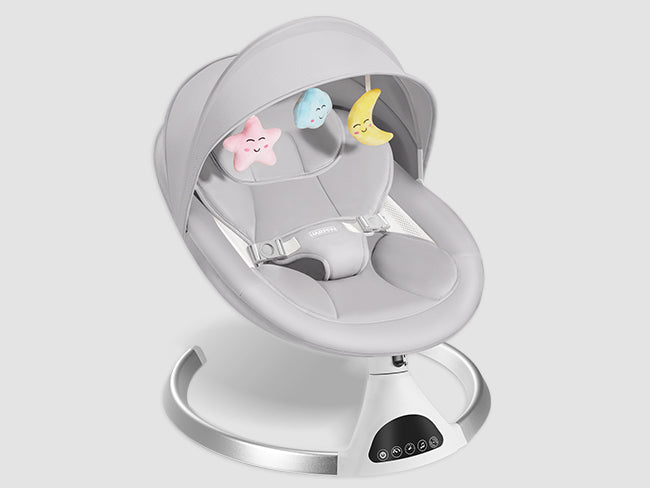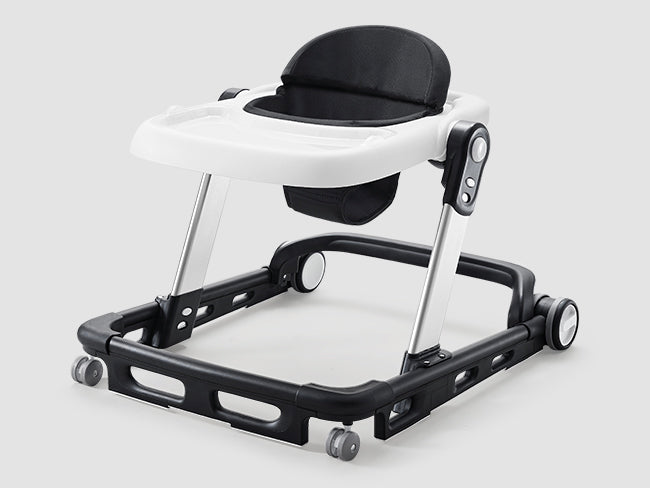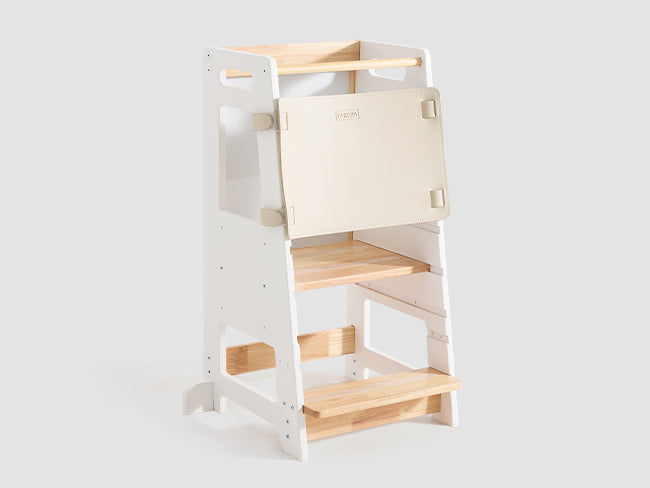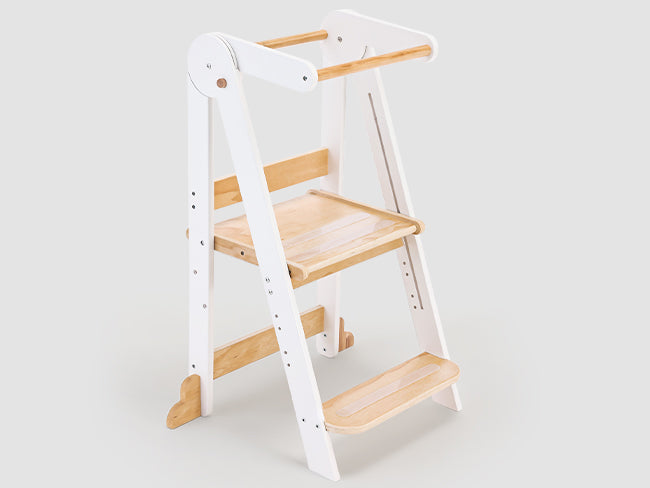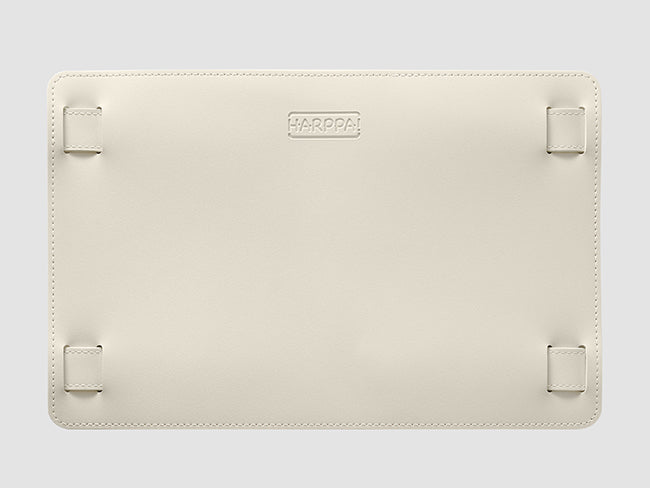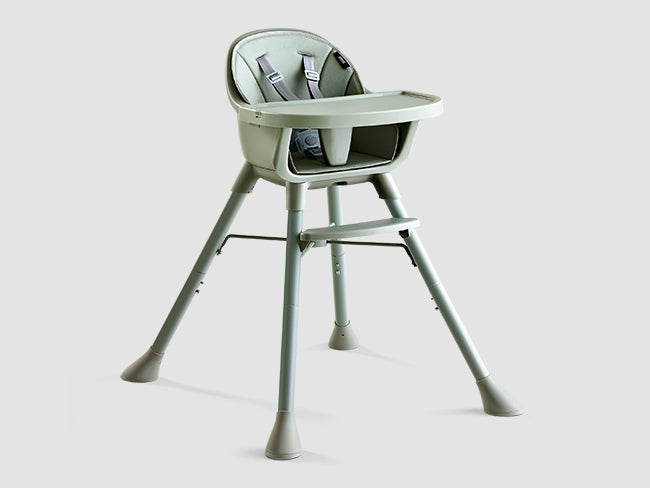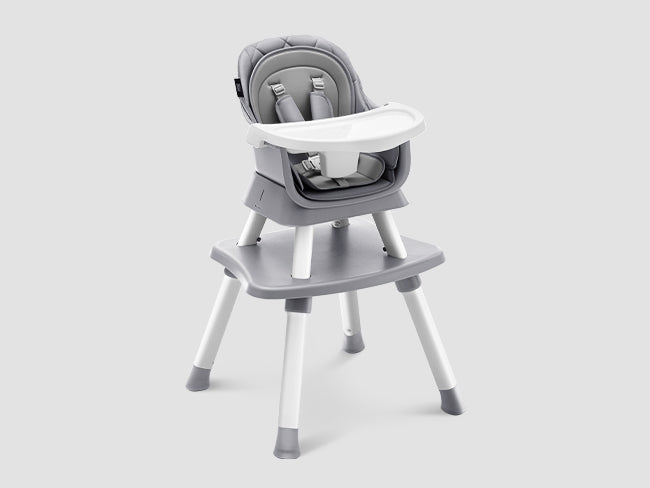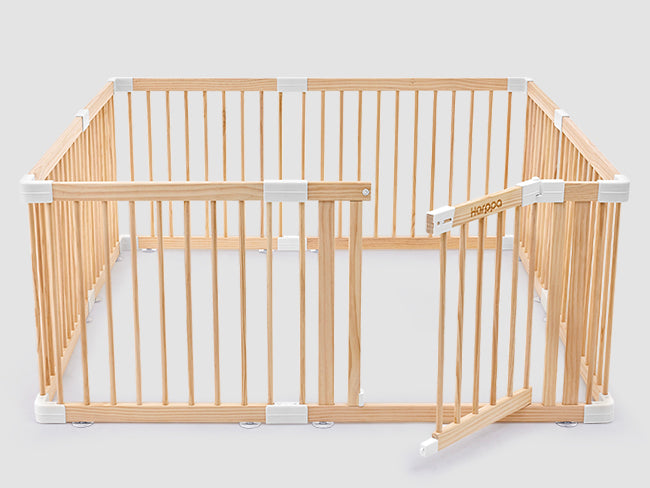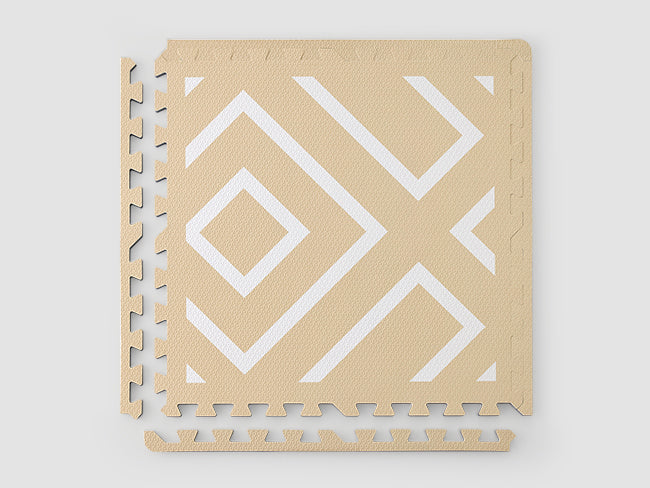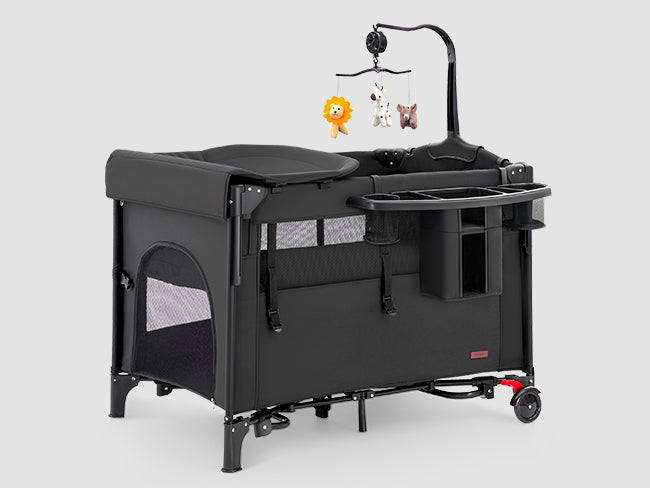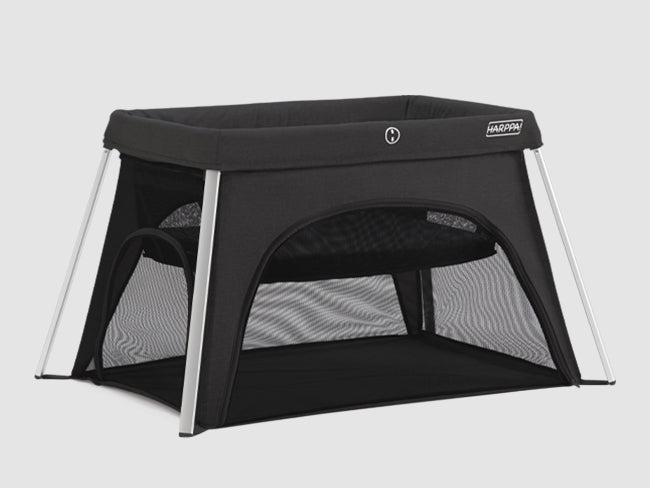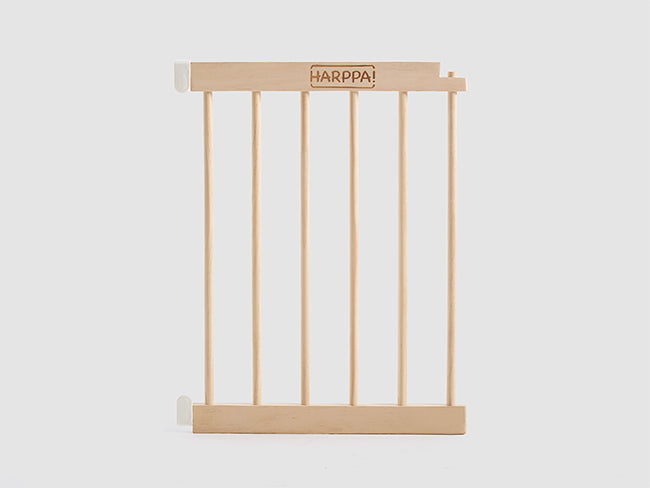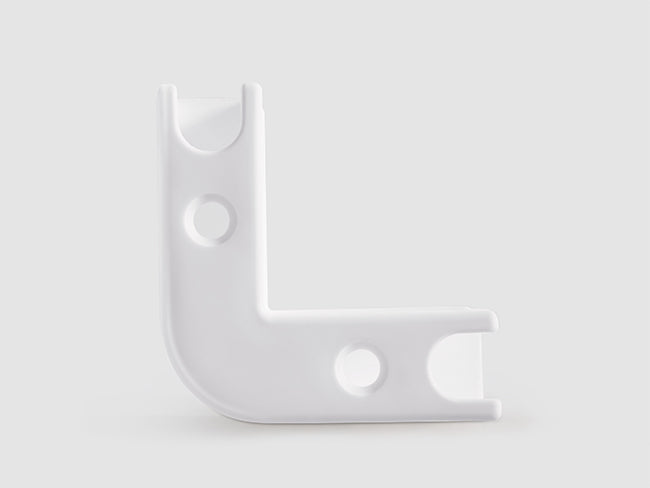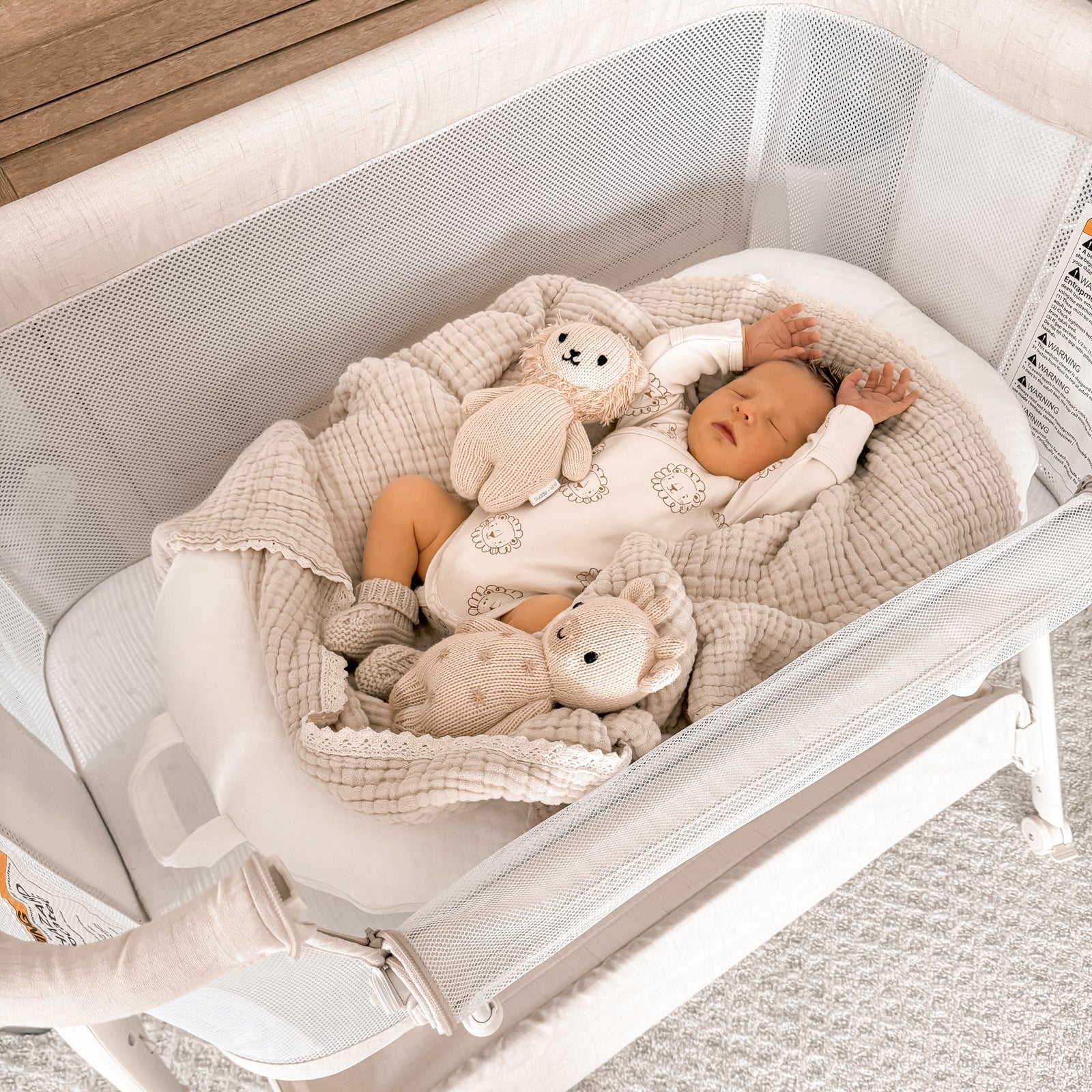For mindful parents raising independent little humans
Introduction: Rethinking What “Good Parenting” Looks Like
Modern parenting feels like walking through a crowded marketplace—every corner is shouting a new method, every voice tells you what’s “best.”
Yet amidst this noise, more and more parents are quietly gravitating toward a philosophy that’s over 100 years old: Montessori.
Why?
Because it’s not about doing more.
It’s about doing less, more intentionally.
This blog explores how Montessori parenting is subtly but powerfully reshaping how today’s parents make decisions—about products, space, rhythm, and even values.
What Is Montessori Parenting, Really?
Developed by Dr. Maria Montessori in the early 1900s, this approach is grounded in observing the child and trusting their natural developmental process.
Core principles include:
-
Respect for the child – Children are not mini-adults to be controlled, but whole beings with their own rhythms.
-
Freedom within limits – Kids are encouraged to make choices—but within a prepared, structured environment.
-
Independence and responsibility – “Help me do it by myself” is a Montessori cornerstone.
-
The environment is the teacher – A thoughtfully arranged space speaks to the child more than adult instruction.
-
Simplicity and order – Fewer toys, fewer distractions, more focus.
This philosophy isn’t just about education—it’s a lens through which many modern parents are rethinking early childhood.
1. Choosing Products That Empower, Not Entertain
Parents influenced by Montessori tend to skip toys that light up, talk, or “do things” for the child. Instead, they ask:
“Does this item allow my child to do something independently?”
You’ll often see these trends in Montessori-aligned homes:
-
Wooden toys with texture, weight, and purpose
-
Open-ended play items (blocks, stacking, real-world tools)
-
Furniture scaled to the child’s size: toddler tables, low shelves, mini wardrobes
-
Toys that match developmental stages, not just trends
At HARPPA, we design with this question in mind: Can this item support a child’s agency? That’s why our materials are natural, our design minimal, and our products functional.
2. Designing Spaces That Speak to the Child
A growing number of parents are moving away from cluttered “kid zones” and toward intentional micro-environments at home.
Montessori-aligned spaces prioritize:
-
Low shelves with 3–5 items, not toy mountains
-
Clear activity areas: reading, art, movement, rest
-
Soft natural lighting and calming color palettes
-
Independent access: clothes within reach, a water station they can use
Instead of managing chaos, these environments invite focus and teach care.
📌 Tip: Even a small corner of your living room can become a Montessori space if it’s prepared with intention.
3. Shifting from “Managing” to “Observing”
Possibly the most radical Montessori idea for modern parents?
Step back. Let go a little. Trust more.
Rather than constantly teaching, correcting, or entertaining, Montessori parenting encourages:
-
Watching how your child approaches a task
-
Letting them struggle a little before stepping in
-
Encouraging repetition and concentration
-
Speaking less, observing more
This shift leads to something precious: respect.
When children feel trusted, they often rise to the occasion in beautiful, unexpected ways.
4. How HARPPA Supports Montessori-Aligned Families
At HARPPA, our design philosophy echoes Montessori values:
-
✅ Natural materials: We avoid plastics and synthetic finishes
-
✅ Uncluttered aesthetics: Calm visuals support calm minds
-
✅ Functional beauty: Every item is designed for real interaction—not just looks
-
✅ Encouraging independence: Our products are scaled and shaped to invite self-led play
Our aim isn’t to make toys.
It’s to make tools for development, embedded in warmth and simplicity.
Conclusion: You Don’t Have to Go “Full Montessori”
Many families who resonate with Montessori don’t follow it by the book.
And that’s okay.
You don’t need a Montessori diploma or a classroom setup.
You just need a mindset:
“How can I design my child’s world to give them more trust, more autonomy, and more peace?”
That’s a powerful starting point.
Whether it’s simplifying your play area, swapping out toys for real tools, or simply stepping back a little during your child’s next big discovery—
you’re already on your way.

